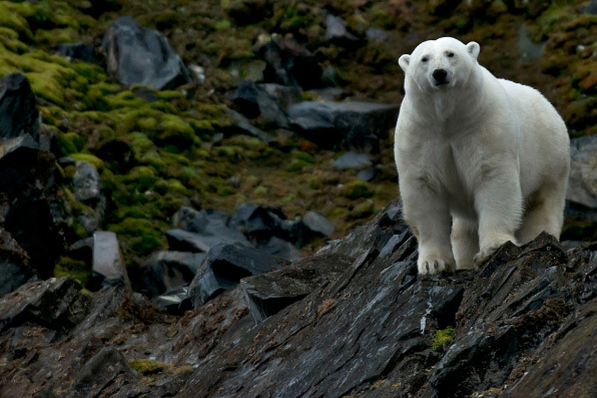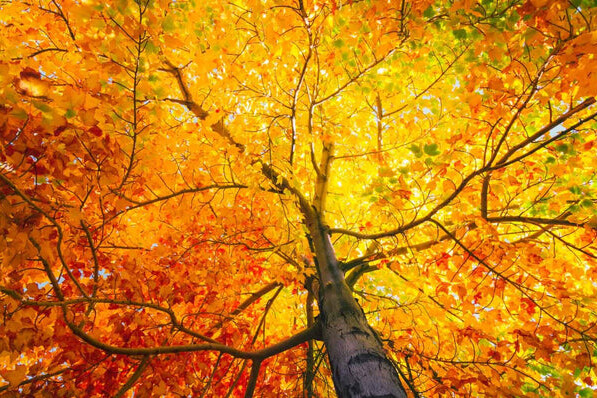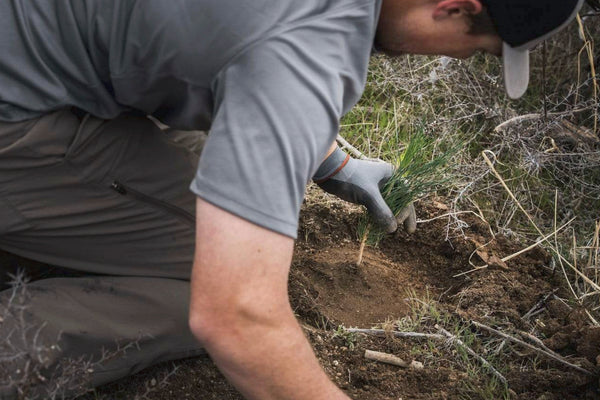What is Eco Tourism and How to be a good Eco-Tourist?
In an increasingly environmentally conscious world, eco-tourism is a growing sector of the travel industry, with nature lovers trekking to all corners of the world to immerse themselves in new cultures and ecosystems in an eco-friendly manner. The generally accepted eco tourism definition is: responsible travel to natural areas that conserves ecosystems and produces sustainable economic benefits for local communities. And when done right, it can support sustainable economic growth and provide opportunities to protect local wildlife, historic sites, and ways of life that might otherwise be lost. This can be especially impactful in remote or rural areas that are working to develop local economies and create opportunities that don’t overrun the local ecosystems and communities.
Unfortunately, not all eco-tourism is made equal. And when handled poorly, it can result in high environmental and societal costs like degraded ecosystems and increased inequalities. As a sustainable traveler, it’s important to do your research and ensure that eco tourism is a force for good wherever you visit. This includes making sure that all tourism activities have a minimal environmental impact, that any associated development is welcomed by local communities, and that it promotes sustainable and equitable economic development with long-lasting, positive benefits.
Every year, over a dozen sustainability organizations work together to compile a list of 100 top green destinations based on criteria like: having a governing body to manage sustainability, showing commitment to protecting natural resources, people and heritage, reduced energy consumption, and more. Read on to learn about 15 destinations from this list — and keep in mind that sustainable travel can also mean visiting less “popular” destinations and/or visiting places that need support after natural disasters.
1. Thompson Okanagan, CAnada
With rich Indigenous culture and history, and ecosystems ranging from valleys to grasslands, forests, deserts and waterways, the Thompson Okanagan region of of British Columbia, Canada, is one of a kind. With a Mediterranean climate and breathtaking landscapes, it’s the perfect place for those in search of outdoor recreation, cultural appreciation and delicious culinary experiences. And as the first Biosphere Certified destination in the Americas, the region is dedicated to preserving its natural spaces and advocating for sustainability. They’ve also developed a Regional Pledge called the Seven Affirmations for Seven Generations, which was created to develop guidelines for sustainable tourism. The Seven Generations Principle is based on Indigenous philosophy that recognizes that the decisions an individual makes today will have an impact for as long as seven generations to come.
2. Brevard, Transylvania County, United States
Located in western North Carolina’s Transylvania County, Brevard is an unspoiled town nestled amongst the iconic Blue Ridge Mountains. It’s surrounded by over 100,000 acres of national forests and public lands (including Pisgah and Nantahalla National Forests, DuPont State Recreational Forest, Gorges State Park, and Headwaters State Forest). Nicknamed the “Land of Waterfalls,” the area boasts the largest concentration of waterfalls in North America (over 250!). And if that weren’t reason enough to visit, opportunities abound for outdoor recreation, with activities ranging from fly fishing to mountain biking, road cycling, rock climbing, hiking, camping and more. While there, you can also visit the French Broad (the 3rd oldest river in the world!), and check out the Looking Glass Rock, the largest rock monolith east of the Mississippi River.
3. Azores, Portugal
Comprised of 9 volcanic islands in the middle of the North Atlantic Ocean, the Archipelago of the Azores is a stunning green travel destination. With incredible cultural heritage and local traditions like the Furnas meal (cooked using volcanic heat), visiting any one of these islands is truly a once in a lifetime experience. Activities include exploring dense coastal woods, playing golf at one of the best courses in the world, relaxing in naturally carbonated water, visiting stunning waterfalls and iron water pools, whale watching, canoeing and kayaking, sailing, horse riding, and more. Well known for promoting sustainability, the Azores are dedicated to protecting their rich geo-diversity, marine life and natural areas. They also have an eco-school, use renewable energy widely across the islands, and carefully manage their water use through their Regional Plan for the Water (PRAA).
4. Samaná, Dominican Republic
A province of the Dominican Republic that’s located in the eastern region of the Samaná Peninsula, Samaná is one of the Dominican Republic’s most inviting destinations. Although accessible by land and air, it’s a secluded tropical paradise with rolling mountains and valleys, wild beaches, crystal clear rivers, coconut plantations, rocky coastline, and rainforests that are teeming with life. Approximately 2,500 humpback whales visit Samaná Bay each year to mate, birth, and bask. Aside from seasonal whale watching, eco-tourists can enjoy body-boarding and kitesurfing in Las Terrenas, trekking, birding, and caving in Los Haitises National Park, canyoning or horseback riding to reach the El Limón waterfall, and sailing to magnificent white sand beaches at the base of 90-meter (300-feet) cliffs — or to the offshore Cayo Levantado island.
5. Galapagos Islands
Situated in the Pacific Ocean approximately 1,000 km from Ecuador and South America, the 19 islands that encompass the Galapagos and its surrounding marine reserve form a unique living museum. A World Heritage Site, over 98% of the land territory of the Galapagos Islands are under protection. And with regulations and laws designed to support sustainable tourism, the species that are endemic to this isolated island paradise are heavily protected. Of these species, approximately 80% of the land birds, 97% of the reptiles and land mammals and 30% of the plants are found nowhere else. These include the giant Galapagos tortoise, marine iguana, the flightless cormorant, the Galapagos penguin, and more! The surrounding Marine Reserve, which touches upon 3 major eastern Pacific currents and is influenced by climatic phenomena like El Niño, also has abundant and diverse marine wildlife — 20% of which is found nowhere else on Earth.
6. North Island, Seychelles
Approximately 30km from the Seychelles’s main island of Mahé, North Island is a secluded paradise. Glowing white beaches surround a tropical interior of palms and forest, cradled between three granite outcrops and surrounded by bright blue ocean. The island is home to over 100 free-roaming Aldabra Giant Tortoises and is an important nesting ground for the Endangered Green Turtle and Critically Endangered Hawksbill Turtle. Adult nesting females can be observed nesting on the island’s 4 beaches, and hatchlings emerge in the quiet of the night to make their way to the water. North Island is also home to 4 endemic bird species, including the charismatic Seychelles White Eye, which was successfully introduced to the island in 2007. As part of their commitment to sustainability, North Island’s Noah’s Ark project aims to provide a sanctuary for the endemic fauna and flora of the Seychelles.











